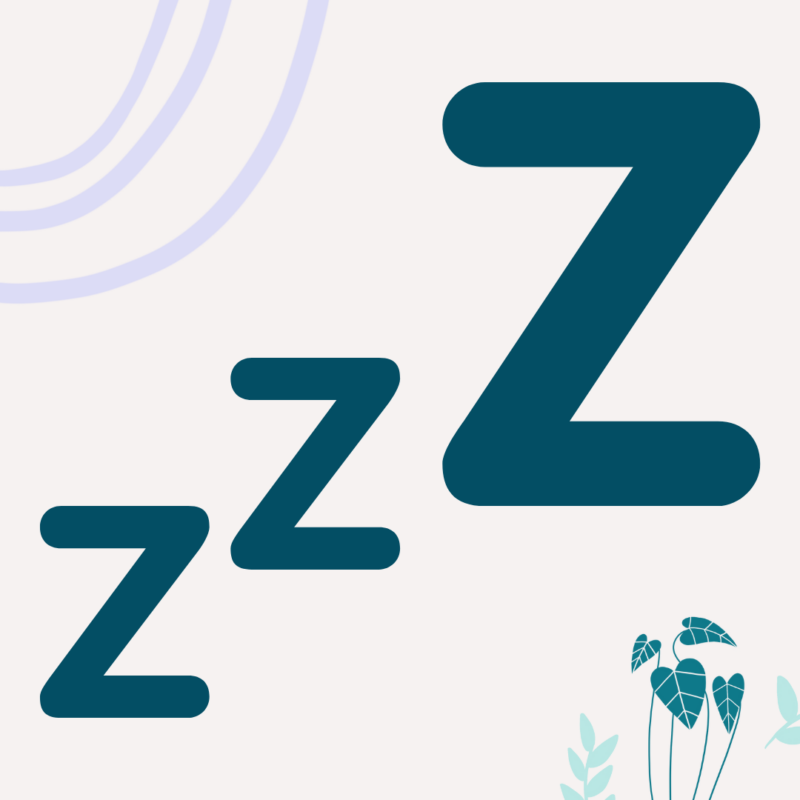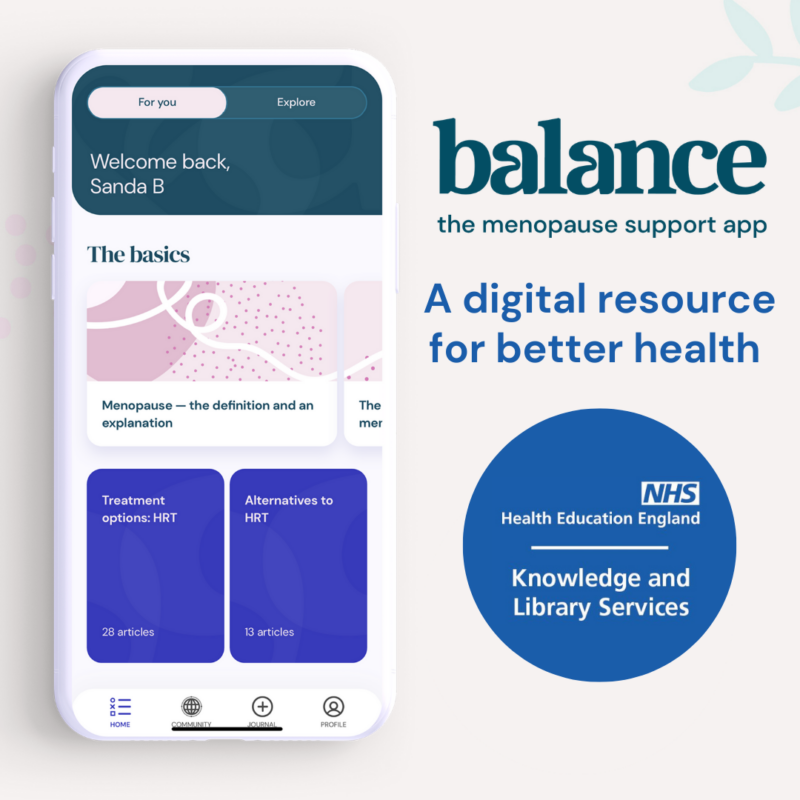balance founder Dr Louise Newson urges women not to underestimate the importance of sleep associated with heart disease risk
Advice on how to improve sleep during perimenopause and menopause
balance menopause support app founder Dr Louise Newson is today urging women to improve their cardiovascular health during the perimenopause and menopause, stressing the importance of sleep in this mission.
Our research shows that insomnia rates highly in the top symptoms experienced by menopausal and perimenopausal women – in fact, this symptom is more common than hot flushes. Poor and interrupted sleep can be due to the decline of three important hormones (estrogen, testosterone and progesterone that have beneficial impacts on your brains and sleep patterns. Poor sleep is known to be a risk factor for cardiovascular disease.
Maintaining cardiovascular health
Dr Louise’s warning is an important message, as cardiovascular disease is the leading cause of death in women and this risk notably increases after the menopause [1]. Women’s risk of heart attacks is around five times higher after the menopause than before [2], emphasising the importance of gaining and maintaining good cardiovascular health during this time of life.
Dr Louise says:‘Whilst many people may be aware of how raised cholesterol, high blood pressure and diabetes can be associated with increased risk of heart disease, the impact of sleep on cardiovascular health is much lesser known but equally as vital.
‘Poor quality sleep affects every system within your body so a great approach to improving your cardiovascular state is through the three pillars of health – exercise, nutrition, and sleep. Taking HRT can also improve sleep. There are some brilliant resources on the balance app and website that offer guidance and support on all of these areas and more.’
As well as being conscious of your sleep quality, Dr Louise highlights how perimenopausal and menopausal women should consider taking HRT to help reduce their future risk of developing heart disease. This comes as studies have shown that women’s risk is reduced by about 30%, when taking HRT [3].
Role of estrogen in cardiovascular health
RELATED: Heart disease, perimenopause and menopause
Dr Louise adds: ‘Women who start HRT during the perimenopause or within ten years of the menopause have been shown to have a significantly lower risk of developing heart disease compared to women who don’t take HRT.
‘Estrogen, which is part of HRT, also acts as an anti-inflammatory in the lining of your blood vessels and increases levels of various chemicals that help to protect your cardiovascular system from disease. If you believe you are perimenopausal or menopausal and want to receive treatment, then it is worth speaking to a health care professional to receive an individualised assessment and treatment plan’.
Six top tips to improving your sleep health
Darkness – Light affects your circadian rhythm, which is the system that controls wake and sleep phases of our body. Creating a totally dark space can improve sleep quality.
Clocks – Clock watching when you are trying to sleep can be frustrating, making falling back asleep more difficult. Try putting your clock out of view from your bed when going to sleep.
Consider your comfort – The average person spends four months per year lying in bed asleep. This is a long time! Making this as comfortable as possible will promote overall health and good quality sleep.
De-clutter – Having a messy bedroom can reinforce a ‘cluttered mind’. When trying to sleep, if you find your mind racing, having an untidy room may be contributing to this. Try going to sleep with a tidy room, which can encourage a tidy and structured mind
Decor – Having bedroom decorations which promote relaxation can have a big effect on sleep. Take a moment to look around the space: does the paint colour or curtain pattern create a restful environment?
Associating the bed with sleep – The last way your bedroom can help is by strengthening the association that your bed means sleep. Try to only use your bed for sleeping in and avoid lying there to watch films or relax on during the day. Use a separate room if you can, or if not find a comfortable chair to provide an alternative place to sit and relax when not intending to sleep.
References
[1] [38. El Khoudary, S.R. et al. (2020), ‘Menopause transition and cardiovascular disease risk: implications for timing of early prevention: a scientific statement from the American Heart Association’, Circulation, 142 (25), e506-e532. doi:10.1161/CIR.0000000000000912
[2] Boardman, H. et al. (2015), ‘Hormone therapy for preventing cardiovascular disease in post-menopausal women’, The Cochrane database of systematic reviews, doi:10.1002/14651858.CD002229.pub4 AND Lobo, R.A. et al. (2016), ‘Back to the future: Hormone replacement therapy as part of a prevention strategy for women at the onset of menopause’, Atherosclerosis, 254 (2016): 282-290. doi:10.1016/j.atherosclerosis.2016.10.005
[3] This finding is based on data from the Women’s Health Initiative in women aged 50–59 years, a Cochrane meta-analysis and another meta-analysis.
Manson J.E., Aragaki A.K., Rossouw J.E., et al. (2015), ‘Menopausal hormone therapy and long-term all-cause and cause-specific mortality: The Women’s Health Initiative randomized trials’, JAMA, 318 (10), pp. 927-38. doi:10.1001/jama.2017.11217
Boardman H.M., Hartley L., Eisinga A., Main C., Roqué i Figuls M., Bonfill Cosp X., Gabriel Sanchez R., Knight B. (2015), ‘Hormone therapy for preventing cardiovascular disease in post-menopausal women’, Cochrane Database of Systemic Reviews, 10 (3):CD002229. doi: 10.1002/14651858.CD002229.pub4
Salpeter S.R., Cheng J., Thabane L., Buckley N.S., Salpeter E.E. (2009), ‘Bayesian meta-analysis of hormone therapy and mortality in younger postmenopausal women’, American Journal of Medicine, 122 (11):1016-1022.e1. doi: 10.1016/j.amjmed.2009.05.021





